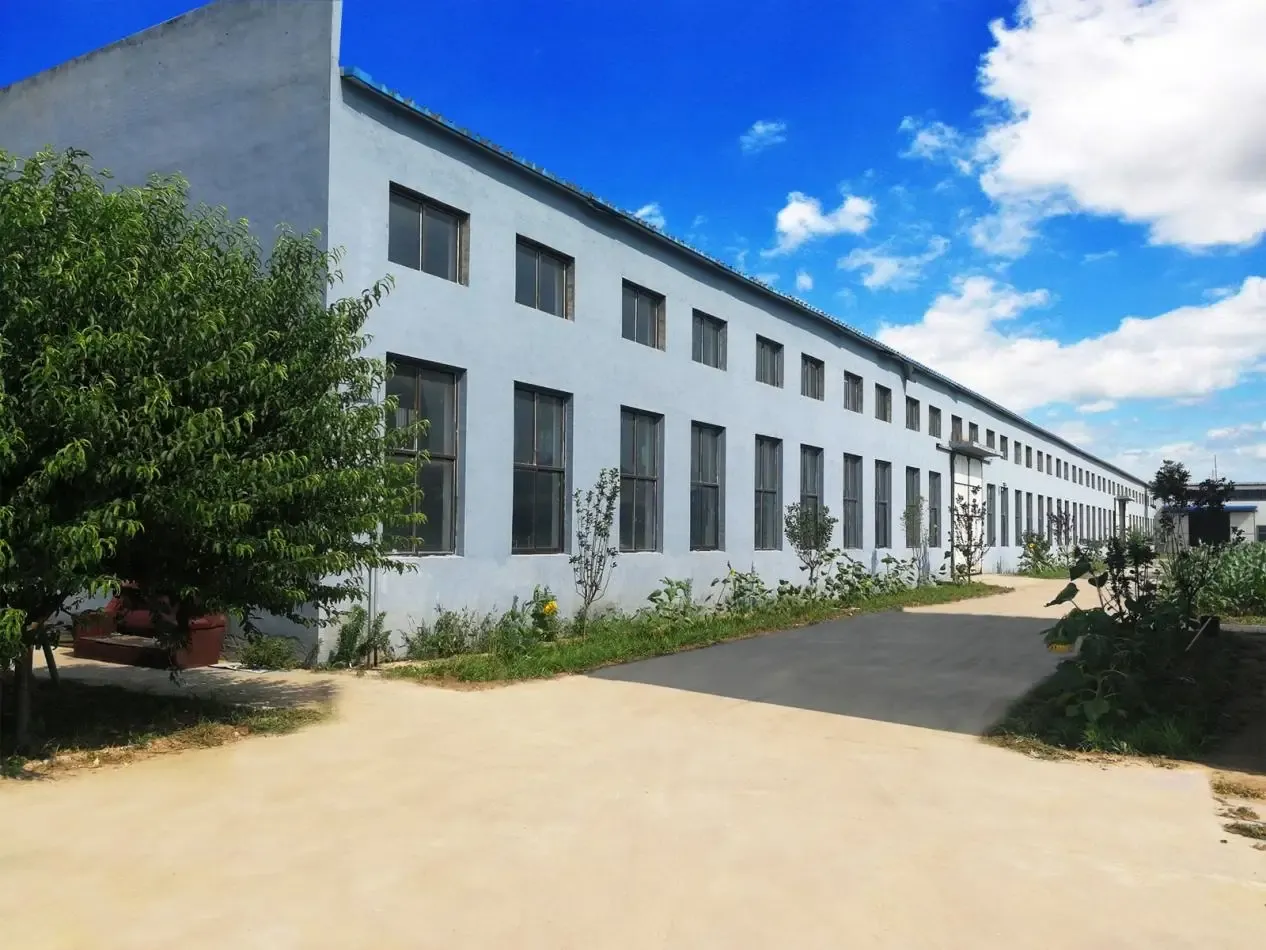Nov . 06, 2024 17:38 Back to list
Manufacturing Processes and Innovations in Cable Wire Production Industry
The Evolution and Importance of Cable Wire Manufacturing
Cable wire manufacturing is a vital sector in the modern economy, playing an essential role in various industries, including telecommunications, electronics, automotive, and construction. As technology continues to progress at an unprecedented pace, the demand for high-quality cable wires is more significant than ever. This article explores the history, manufacturing processes, advancements, and the environmental impact of cable wire production.
Historical Context
The origins of cable wire manufacturing can be traced back to the late 19th century when electricity began to transform society. The first significant use of wire was in telegraph systems, which revolutionized communication. As the demand for electric power and telecommunication expanded, manufacturers began to innovate, leading to the development of various wire types suited for different applications, including the introduction of insulated cables that minimized electric shocks and transmission losses.
Manufacturing Processes
The manufacturing of cable wires involves several critical steps, each designed to ensure the final product meets stringent quality and performance standards. The typical process begins with the selection of raw materials, often copper or aluminum, due to their excellent conductivity.
1. Wire Drawing The chosen metal is drawn through a series of dies to reduce its diameter and increase its length. This step is crucial for achieving the desired wire gauge and mechanical properties.
2. Stranding For multi-stranded cables, individual wires are twisted together. This process enhances flexibility and reduces the risk of breaking, making the cables more suitable for dynamic applications.
3. Insulation Insulation materials, such as PVC, rubber, or polyethylene, are applied to protect the conductor from environmental factors and electrical interference. The insulation process can vary depending on the intended use of the cable, whether it's for indoor, outdoor, or underground applications.
4. Jacketing A final layer, known as the jacket, is often added to provide additional protection against mechanical damage, moisture, and chemicals. The jacket's material is chosen based on the cable's application and the environment in which it will be used.
cable wire manufacture

5. Testing and Quality Control Rigorous testing is conducted to ensure that the cables meet international standards. These tests evaluate electrical performance, durability, and resistance to extreme conditions. Quality control is critical, as any failure can have serious consequences, especially in high-stakes industries like telecommunications and healthcare.
Technological Advancements
The cable wire manufacturing industry has witnessed remarkable advancements in technology over recent years. Innovations such as automation and computer-aided design (CAD) have streamlined the production process, enhancing efficiency and precision. Moreover, the integration of smart technologies has led to the development of cables capable of monitoring their status, ensuring better performance and reducing maintenance costs.
The shift toward renewable energy sources has also influenced cable wire manufacturing. As wind and solar power become more prevalent, specialized cables designed to handle the unique requirements of renewable energy systems are in high demand. These cables must withstand extreme weather conditions and provide reliable performance over extended periods.
Environmental Considerations
As the global focus on sustainability intensifies, cable wire manufacturers are increasingly required to adopt eco-friendly practices. The production process itself can be resource-intensive, often involving hazardous materials. Many manufacturers are investing in cleaner technologies and recycling programs to minimize waste and reduce their carbon footprint.
Moreover, the push for renewable energy has prompted the development of cables that are not only efficient but also recyclable at the end of their lifecycle. Industry stakeholders are collaborating to create standards that encourage sustainability within the supply chain.
Conclusion
Cable wire manufacturing is a cornerstone of modern infrastructure, enabling the seamless operation of daily activities and advanced technologies. As industries evolve and new challenges arise, the cable manufacturing sector must continue to innovate, focusing on quality, efficiency, and environmental sustainability. By embracing technological advancements and sustainable practices, manufacturers can ensure their products meet the growing demands of the future while safeguarding the planet for generations to come. Whether facilitating communication, powering devices, or supporting renewable energy initiatives, cable wires remain integral to our connected and electrified world.
Share